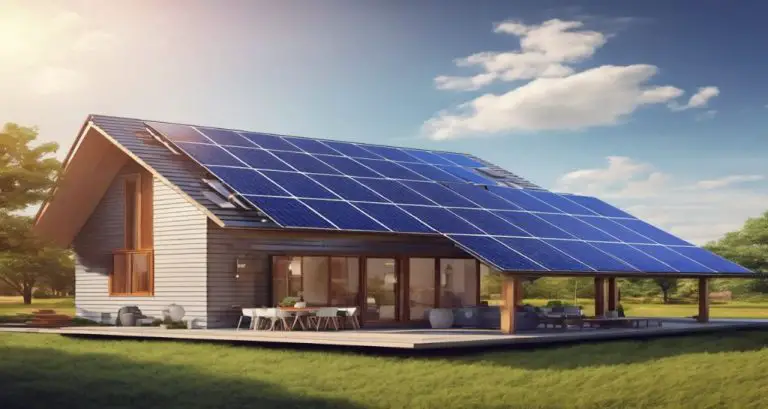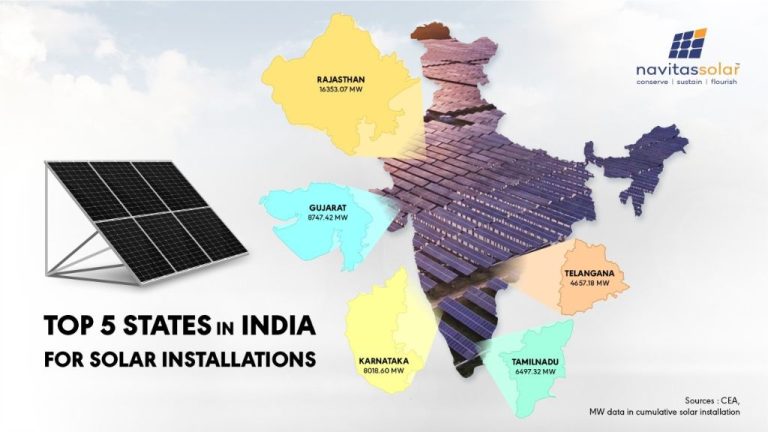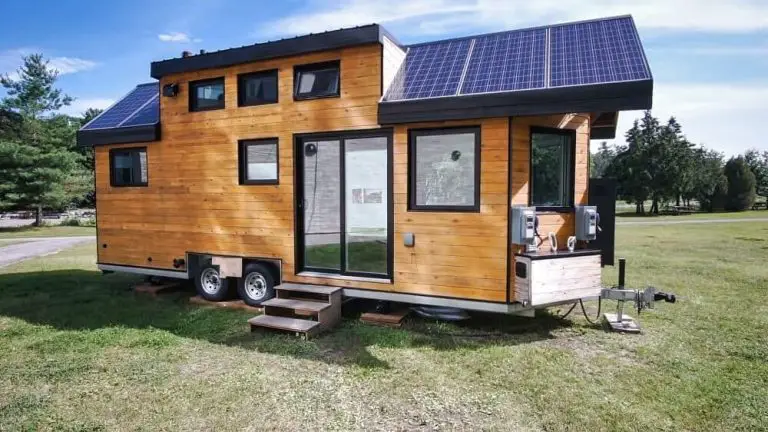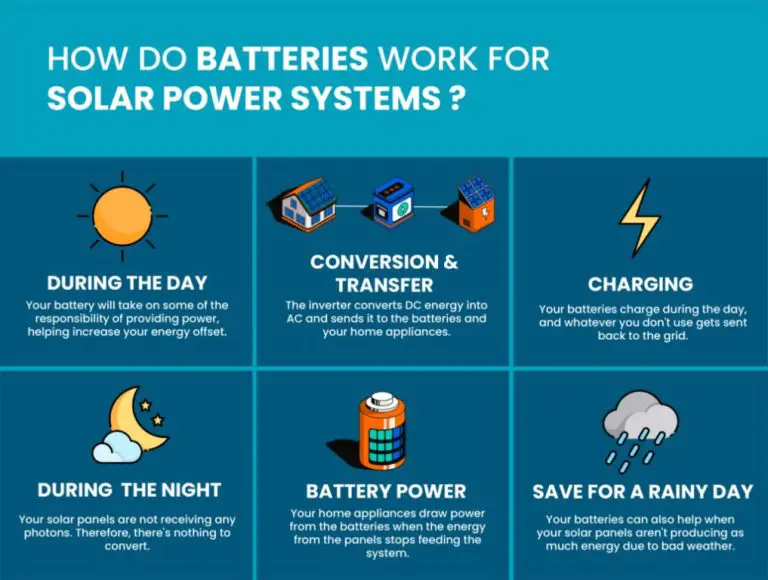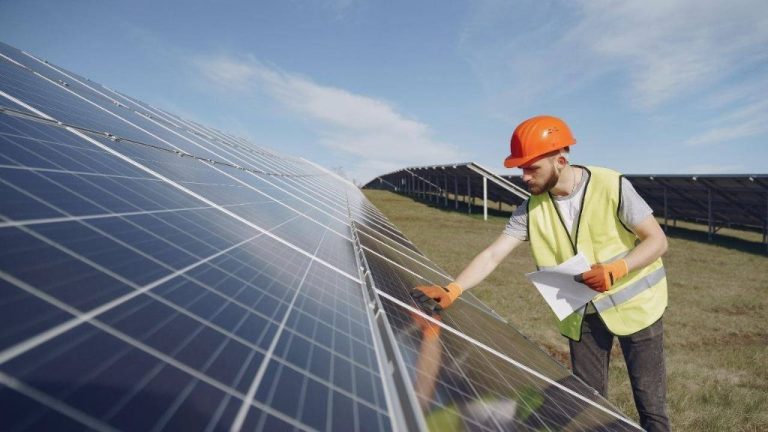How Has The Cost Of Solar Energy Changed Over Time?
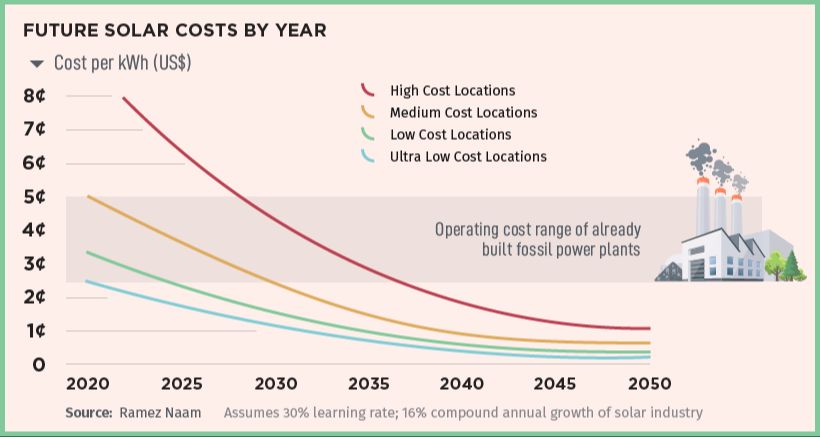
Solar energy has emerged as an important renewable energy source that holds great potential to help address climate change and energy access issues globally. The adoption of solar technology, particularly solar photovoltaic (PV) panels that convert sunlight into electricity, has grown rapidly over the past decade. However, the upfront costs of purchasing and installing solar panels have historically been a barrier to widespread adoption.
History of Solar Panel Prices
In the 1970s and 1980s, solar panels were very expensive, costing around $30 per watt. This high price was due to factors like high costs of raw materials, low production efficiency, and lack of economies of scale as the technology was still new. Buying and installing solar panels on one’s home required a significant upfront investment of thousands of dollars, out of reach for the average homeowner. Rooftop solar was niche in the 70s and 80s due to the extremely high prices. However, continued advances in manufacturing and technology would lead to rapid declines in the cost of solar in the following decades.
Factors Driving Down Costs
Several key factors have contributed to the continued decline in solar panel pricing over the past decades.
First, improvements in solar panel technology and efficiency have lowered costs. Manufacturers have developed better silicon purification methods, improved anti-reflective coatings, and increased panel efficiency – generating more electricity from the same amount of sunlight (https://arka360.com/ros/solar-panel-prices-decline/)
Second, rapid manufacturing scaling and growth has dramatically decreased production costs through economies of scale and technical improvements. Between 2010-2020, solar module production increased over 10-fold globally allowing for lower per unit costs.
Finally, supply chain improvements and access to cheaper raw materials, especially polysilicon, have reduced expenses. Polysilicon is the main raw material for solar panels and prices have dropped 90% since 2008 due to new production methods.
Price Drops Over the Decades
The cost of solar panels has fallen dramatically since they first emerged on the market. In the 1990s, a typical home solar system cost around $10 per watt. By the 2000s, prices had fallen to around $5-7 per watt. But the biggest price drops have occurred in the 2010s due to rapid advancements in solar technology and China’s entry into solar manufacturing.
In 2010, the average solar panel cost around $4 per watt. But prices kept falling throughout the decade. By 2019, solar prices had dropped all the way to $2.70 per watt on average. That’s a massive 90% cost reduction from 1990s price levels. With incentives, homeowners in sunny areas could install solar for less than $3 per watt and recoup their investment in 5-7 years. This made solar power cost-competitive with retail electricity for the first time in many markets.
The decades-long decline in solar costs was driven by scaling of production, technology improvements, and policies supporting renewable energy. As adoption rose, manufacturers benefited from economies of scale and improved their designs and manufacturing processes. The results were continuously falling costs, allowing solar to go from a niche product to an increasingly mainstream energy source.
Recent Price Trends
In the last 5-10 years, prices for solar panels have fallen dramatically. According to a blog post on the EnergyLink website, there has been an almost 90% decrease in solar panel prices since 2010. A student project from Portland State University found that prices have dropped from around $2.25 per watt in 2010 to less than $0.50 per watt in 2017 (Goel, 2017). These steep declines in just the past decade have made solar power much more affordable.
Projected Future Prices
According to a December 2020 article by Next Big Future, experts forecast that the cost of solar energy will continue to decrease dramatically in the coming decades. The article predicts that by 2040, solar energy will be 5 times cheaper than electricity from fossil fuels. Key factors enabling these cost reductions include improvements in solar panel efficiency, manufacturing scale, and balance of system costs like inverters and racking equipment.
Another forecast cited in a December 2022 RenewEconomy article predicts the price per watt of solar panels dropping from $0.22 currently to $0.097 by 2030. This represents over a 50% reduction within the next 7 years. The article notes similar trends of rapidly decreasing costs driven by technology improvements and economies of scale in production and installation.
These expert forecasts paint an optimistic picture of solar energy costs continuing to decrease significantly in the coming 1-2 decades. If these predictions hold true, solar power could become the cheapest form of electricity across large parts of the world within a generation.
Cost vs Fossil Fuels
Solar energy has reached cost parity with traditional fossil fuel sources like coal and natural gas in many parts of the world. According to EnergySage, the average cost of fossil fuel steam is around 0.05 cents/kWh, and small-scale natural gas can be as low as 0.03 cents/kWh1. In comparison, the cost of solar energy now ranges from 3-6 cents per kWh, putting it in direct competition with fossil fuels2.
The steep decline in solar costs means it is now the cheapest form of electricity in many regions. According to Energy5, solar ranges from 4-8 cents per kWh, while wind is 2-6 cents per kWh. This makes solar more affordable than coal and natural gas in many cases3. Reaching parity with fossil fuels is a major milestone for solar energy and helps drive further adoption worldwide.
Impact on Adoption
The dramatic reduction in solar panel prices over the past few decades has led to a major increase in solar energy adoption. As prices fell year after year, solar energy became more cost competitive with fossil fuel sources. This made solar a much more attractive option for homeowners, businesses and utilities.
Residential solar saw huge growth as prices dropped, with over 2 million American homes now powered by rooftop solar panels. Many homeowners found they could recoup their solar investment in just 5-10 years with the lower solar panel prices and rebates/incentives. This led to a boom in rooftop solar installations across the U.S.
For commercial businesses, lower prices have enabled larger scale solar projects that can provide a significant chunk of a company’s electricity needs. Major corporations like Apple, Amazon, Target, Walmart and more have installed hundreds of megawatts of solar capacity on their facilities to reduce operating costs.
Electric utilities have also embraced solar energy as prices declined. In the last decade especially, utilities have been rapidly expanding their solar generation portfolios by building large solar farms. With solar PPAs as low as 2-3 cents/kWh, in many cases it is now cheaper for utilities to build new solar than operate existing fossil fuel plants.
The plummeting costs of solar technology have thus allowed it to go mainstream, with solar now supplying about 3% of U.S. electricity. As prices continue to fall, solar adoption will keep growing, ultimately reaching over 20% of generation by 2050 according to most projections.
Challenges Remaining
While solar panel costs have decreased significantly over the past few decades, there are still some remaining challenges that are preventing even faster adoption and cost reductions. Three key challenges are soft costs, storage, and transmission.
Soft costs, like permitting, installation labor, customer acquisition, and financing, can account for over half the total cost of a residential solar system according to the Solar Energy Industries Association (SEIA). Streamlining regulations and permitting processes could help reduce these soft costs.
The intermittent nature of solar power also creates challenges for grid reliability and stability without adequate energy storage solutions. Battery storage can help integrate more solar energy onto the grid but currently remains expensive. Continued declines in lithium-ion battery costs will be important for enabling higher solar penetration levels.
Finally, transmitting solar electricity from sunny, rural areas to population centers is constrained by limited transmission infrastructure. Significant investment in new high-voltage transmission lines is needed to unlock the full potential of utility-scale solar power, especially from solar farms in remote desert regions.
Conclusion
In summary, the cost of solar energy has fallen dramatically over the past several decades. According to NREL research, the average cost of solar PV systems decreased by more than 70% between 2010 and 2020. This downward trend is expected to continue into the future, with projections that solar costs will fall by an additional 40-50% by 2030. Key factors driving these cost reductions include improvements in solar panel technology, economies of scale in manufacturing, and reductions in soft costs like permitting and labor. As a result of these declining prices, solar is increasingly competitive with fossil fuel energy sources. Widespread adoption of low-cost solar could enable a transition away from coal, natural gas, and other polluting energy sources. However, challenges remain in continuing to drive down costs, integrating large amounts of solar onto the grid, developing storage solutions, and making solar equitable and accessible worldwide.

